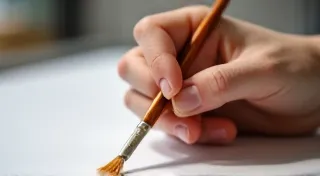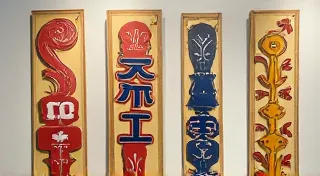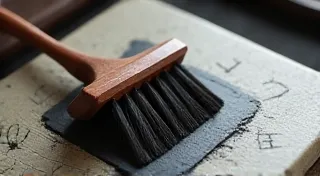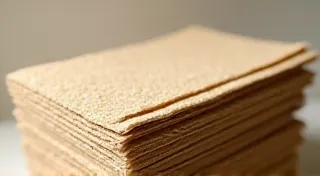Understanding Japanese Paper for Sumie Painting: Types and Uses
Welcome to the world of Sumie painting! A key element in achieving stunning results with this traditional Japanese art form isn't just the brush or ink, but also the paper you choose. Selecting the correct paper dramatically affects how the ink behaves, the vibrancy of the tones, and the overall aesthetic of your painting. This guide will explore various types of Japanese paper commonly used in Sumie, detailing their characteristics and helping you choose the best one for your practice.
Why is Japanese Paper Special for Sumie?
Unlike Western paper, traditional Japanese paper, often referred to as washi, is made using different methods and fibers. These fibers, typically from the kozo (mulberry), mitsumata, and gampi plants, create a unique paper structure with incredible absorbency, strength, and texture. The absorbency is particularly important in Sumie, allowing for controlled diffusion of ink and creating subtle tonal variations that are characteristic of the art.
Common Types of Japanese Paper for Sumie
1. Washi (General Term)
Washi simply means "Japanese paper." It encompasses a wide range of paper types, each with its own properties. Understanding the underlying qualities of washi will help you narrow down your choices.
2. Kōzo-zuki (Kozo Paper)
Made primarily from kozo fibers, this is the most common and generally strongest type of washi. It has a relatively smooth surface and offers good durability, making it suitable for beginners and more advanced artists alike. Its good absorbency allows for a wide range of effects, from dark, rich tones to lighter, more delicate washes.
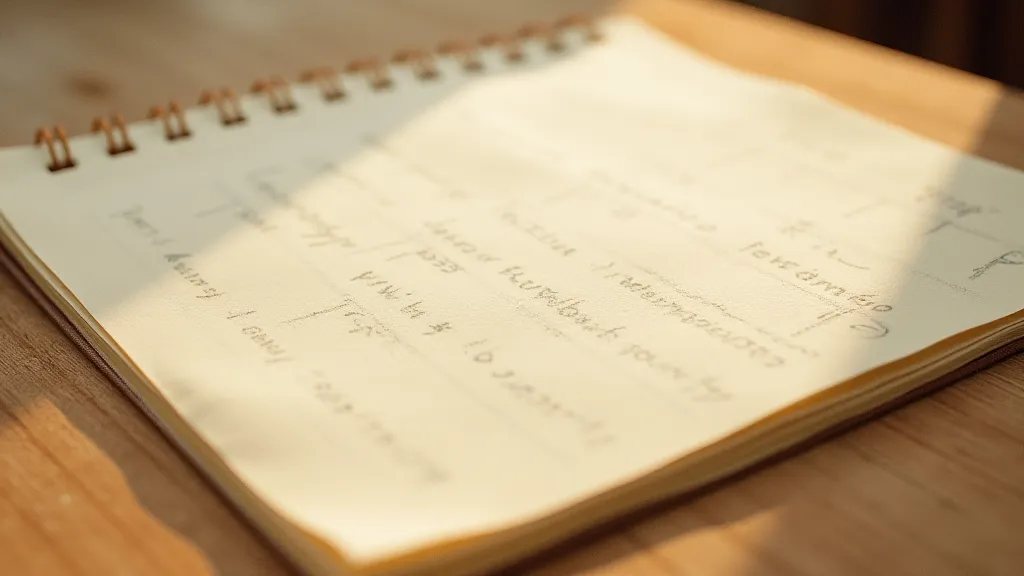
3. Han-gami
Han-gami is a specific type of kozo paper known for its distinctive strength and slightly rough texture. It is often used for practicing brushstrokes and larger format paintings due to its robustness. The texture provides a pleasing tactile experience and adds character to the finished artwork.
4. Sekishu-ban Shōbudani
This is a highly regarded paper known for its beautiful, subtle texture and excellent ink absorption. It’s slightly thinner than Han-gami and offers a softer, more refined feel. It’s popular for more detailed and delicate Sumie paintings.
5. Hosho
Hosho paper is known for being exceptionally thin and delicate. While fragile, it provides an almost translucent quality to your paintings, allowing for unique layering techniques and subtle tonal variations. It's best suited for experienced artists who are comfortable handling delicate materials.
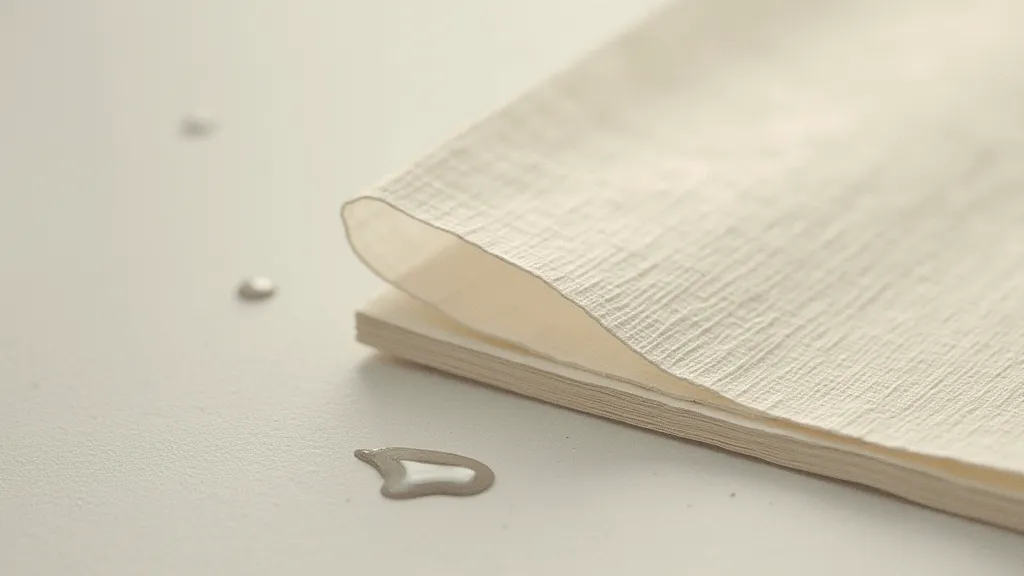
6. Gasen-shi
Gasen-shi is a paper crafted using the gampi plant fiber. It has a beautifully smooth surface and a subtle sheen. It’s considered a more luxurious paper and is well-suited for fine art Sumie.
Choosing the Right Paper for Your Practice
Here's a quick guide to help you select the appropriate paper:
- Beginners: Kōzo-zuki or Han-gami are excellent choices due to their strength and forgiving nature.
- Practicing Brushstrokes: Han-gami allows you to see the ink’s movement clearly.
- Detailed Paintings: Sekishu-ban Shōbudani offers a beautiful surface and excellent ink absorption.
- Delicate Washes: Hosho allows for a soft and ethereal look, but handle with care.
- Fine Art: Gasen-shi is a wonderful choice for creating high-quality Sumie paintings.
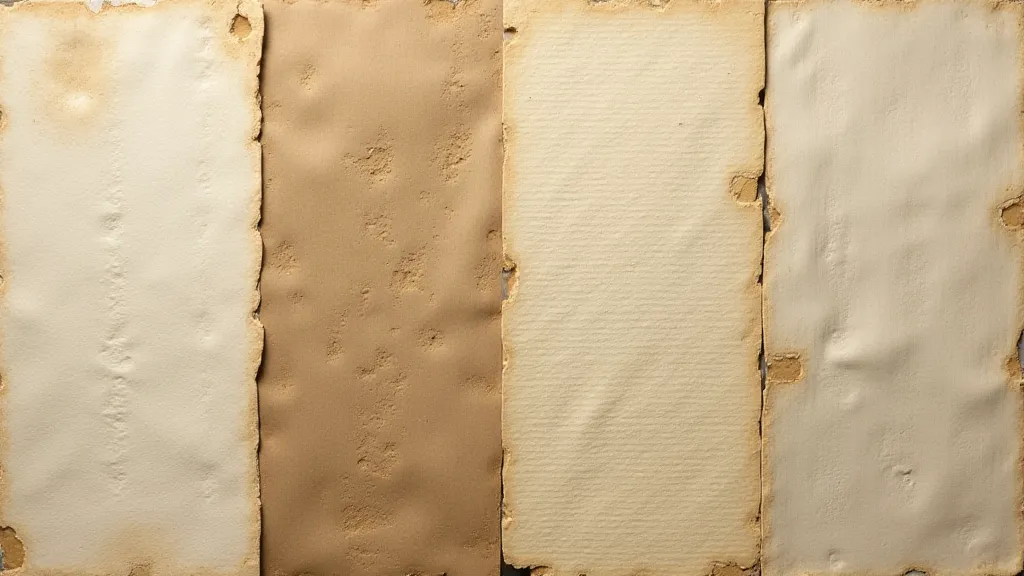
Experimentation is Key
Ultimately, the best way to learn about Japanese paper for Sumie painting is to experiment. Purchase small sheets of different types and try them out. Observe how the ink behaves, how the paper feels, and how the final result looks. Enjoy the journey of discovery and refine your preferences over time!

